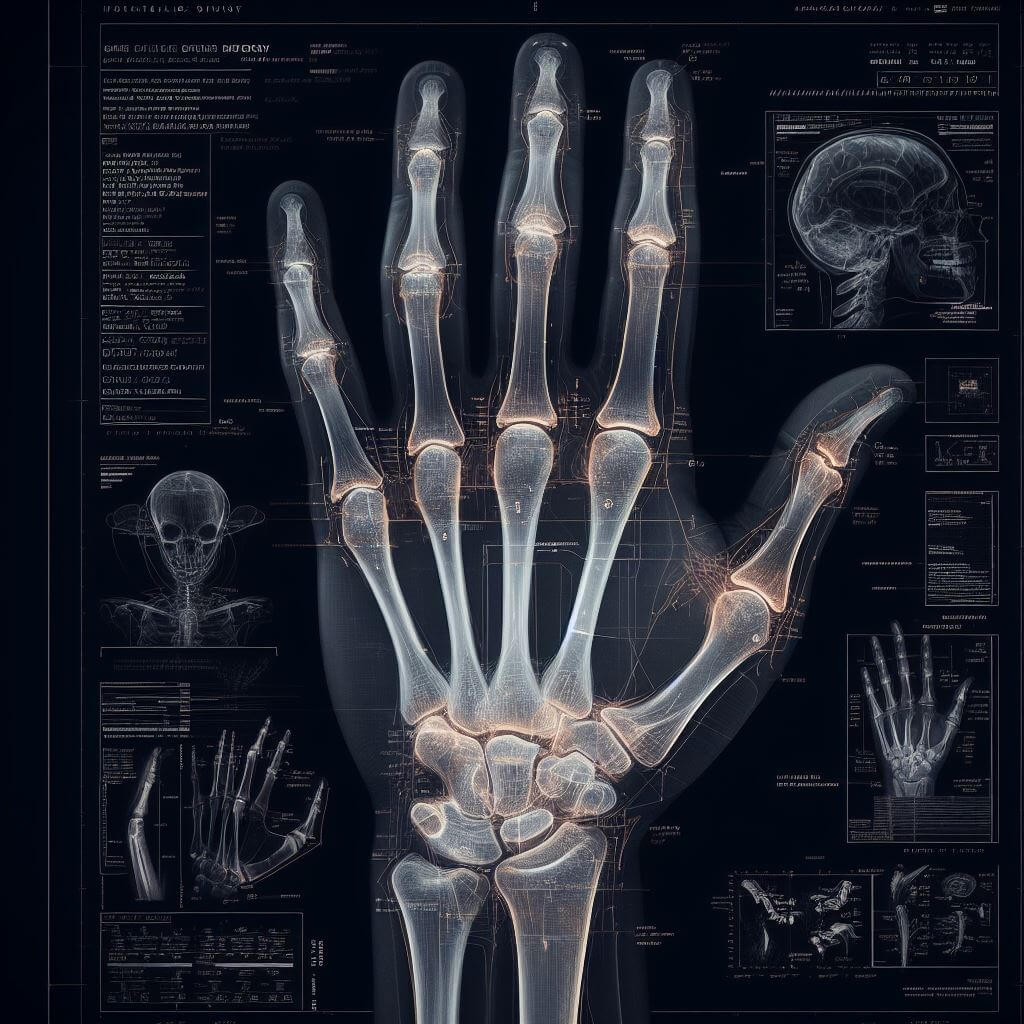Scientists at RIKEN, Japan’s synchrotron radiation hub, along with their partners, have devised a more efficient and straightforward approach to conduct segmentation analysis—an essential step in materials science. The innovative technique has been detailed in the Science and Technology of Advanced Materials: Methods journal.
 Segmentation analysis is crucial for deciphering the intricate composition of materials. It pinpoints specific regions (‘segments’) with distinct compositions, structures, or properties, aiding in assessing a material’s suitability for particular functions and recognizing potential drawbacks. It proves valuable in quality assurance during material production and identifying weaknesses when scrutinizing failed materials.
Segmentation analysis is crucial for deciphering the intricate composition of materials. It pinpoints specific regions (‘segments’) with distinct compositions, structures, or properties, aiding in assessing a material’s suitability for particular functions and recognizing potential drawbacks. It proves valuable in quality assurance during material production and identifying weaknesses when scrutinizing failed materials.
In synchrotron radiation X-ray computed tomography (SR-CT), akin to medical CT scans but employing intense focused X-rays generated by high-speed circulating electrons, segmentation analysis assumes particular significance.
The researchers successfully demonstrated the utility of machine learning in executing segmentation analysis for refraction contrast CT, particularly beneficial for visualizing three-dimensional structures in samples with slight density variations, like epoxy resins.
First author Satoru Hamamoto notes, “Previously, no universally applicable segmentation analysis method for synchrotron radiation refraction contrast CT existed. Researchers typically had to engage in trial and error, posing challenges for non-experts.”
The team’s remedy involved leveraging machine learning methods from biomedical fields, coupled with transfer learning techniques, finely tuned for SR-CT segmentation analysis. This approach significantly reduced the requisite training data, making fast and accurate segmentation analysis feasible at a reasonable computational cost, even for non-experts.
Takaki Hatsui, leading the research group, asserts, “We’ve demonstrated that rapid and precise segmentation analysis, achievable with machine learning, can be executed at a computational cost that allows non-experts to attain expert-level accuracy.”
In a proof-of-concept analysis, the researchers successfully identified water regions within an epoxy resin, suggesting the technique’s versatility for analyzing diverse materials.
To facilitate widespread access to this analysis method, the team aims to establish segmentation analysis as a service provided by the SPring-8 data center, recently inaugurated for external researchers.
